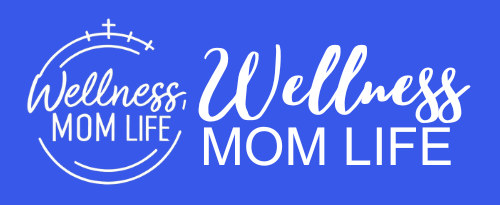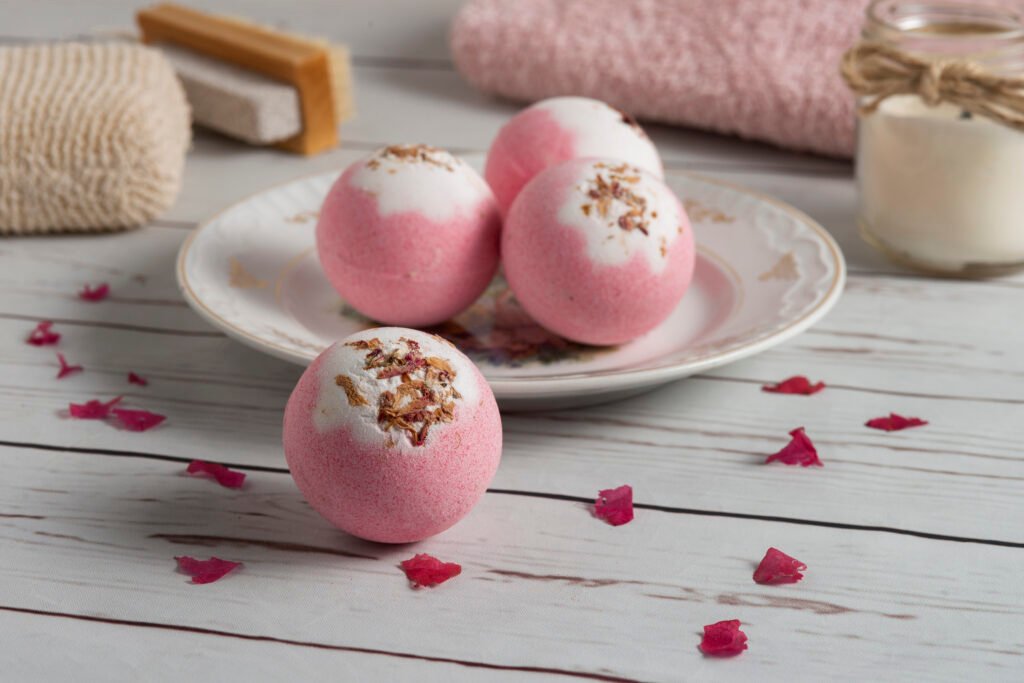Bath bombs have become increasingly popular in recent years, offering a luxurious and sensory experience during bath time. These colorful and fragrant spheres fizz and dissolve in water, releasing a burst of scent, color, and moisturizing agents. While they are commonly used by adults to relax and unwind, many parents wonder whether bath bombs are safe for kids. In this comprehensive guide, we’ll delve into the world of bath bombs, exploring their composition, mechanism of action, and safety considerations when used with children. By understanding the potential risks and implementing proper precautions, parents can make informed decisions about whether bath bombs are suitable for their little ones.
What are Bath Bombs
Before diving into the safety considerations, it’s essential to understand what bath bombs are and how they work. Bath bombs are compacted mixtures of dry ingredients, typically including baking soda, citric acid, Epsom salts, essential oils, and colorants. When placed in water, bath bombs undergo a chemical reaction, causing them to fizz and dissolve, releasing their ingredients into the bathwater. This reaction creates a visually stunning and aromatic experience, transforming an ordinary bath into a luxurious spa-like retreat.
While the fizzing action of bath bombs can be exciting and enjoyable for both adults and children, it’s essential to recognize the potential risks associated with their use, especially when it comes to sensitive skin and ingestion hazards. Understanding the composition and mechanism of action of bath bombs lays the foundation for informed decision-making regarding their safety for kids. Let’s explore these considerations in more detail.
Safety Considerations for Kids
When it comes to using bath bombs with children, there are several important safety considerations to keep in mind. One of the primary concerns is the potential for skin sensitivity and irritation. The ingredients commonly found in bath bombs, such as fragrances, colorants, and essential oils, can be harsh on sensitive skin, leading to allergic reactions or irritation, particularly in young children with delicate skin. Additionally, some children may be sensitive to specific fragrances or essential oils, exacerbating the risk of adverse reactions.
Another significant consideration is the risk of ingestion. Bath bombs often resemble colorful candies or treats, making them tempting for young children to touch, taste, or even attempt to eat. While the ingredients in bath bombs are generally non-toxic when used as directed, ingesting large quantities of bath bomb ingredients can lead to stomach upset, nausea, or other digestive issues. Furthermore, some bath bomb ingredients, such as artificial colorants or preservatives, may not be intended for consumption and could pose a risk if ingested accidentally. Therefore, it’s crucial for parents to be vigilant and take appropriate precautions to prevent accidental ingestion during bath time.
Tips for Safe Use
To ensure the safe use of bath bombs with children, there are several practical tips that parents can follow. First and foremost, parental supervision is essential during bath time, especially when using bath bombs. Parents should actively monitor their children to prevent accidental ingestion or contact with bath bomb ingredients. Additionally, it’s crucial to keep bath bombs out of reach of young children when not in use, storing them in a secure location inaccessible to curious hands.
Before using a new bath bomb with your child, consider conducting a patch test to check for any adverse reactions or skin sensitivity. Apply a small amount of the bath bomb mixture to a small area of your child’s skin and monitor for any signs of irritation or redness. If no adverse reactions occur within 24 hours, it’s likely safe to proceed with using the bath bomb in the bathwater.
Furthermore, parents may opt to explore alternative options for bath time fun that are better suited for children’s sensitive skin and lower risk of ingestion. Kid-friendly bath products, such as gentle bubble baths or moisturizing soaps specifically formulated for children, offer a safer alternative to traditional bath bombs. Additionally, parents can get creative and engage their children in DIY bath activities using natural ingredients and essential oils, ensuring a fun and enjoyable bath time experience without the potential risks associated with bath bombs.
To ensure the safe use of bath bombs for children, paying attention to the following safety guidelines is essential:
- Read Labels Carefully: Select bath bombs that are specifically categorized as safe for children, and prefer those marked hypoallergenic.
- Patch Test First: Conduct a patch test prior to general use to check for potential allergic reactions.
- Opt for Natural Ingredients: Choose bath bombs made with natural ingredients and free from synthetic fragrances and dyes.
- Avoid Overuse: Limit the frequency of bath bomb use to reduce exposure to potential irritants.
- Supervise Bath Time: Always supervise your children during bath time to quickly address any adverse reactions.
- Keep Them out of Reach: Store bath bombs away from children when not in use to prevent accidental ingestion.
- Rinsing After Bathing: It’s advisable to rinse children with fresh water after bathing with a bath bomb to wash away any residual ingredients.
- Avoid Ingestion: Teach children that bath bombs are not toys or candies, and ingestion can be hazardous.
- Check for Sensitive Skin Conditions: For children with eczema or other skin sensitivities, consulting a dermatologist before use is recommended.
In conclusion, while bath bombs can add excitement and sensory stimulation to bath time, parents should approach their use with caution, especially when it comes to children. Understanding the composition, mechanism of action, and potential risks associated with bath bombs is crucial for ensuring the safety and well-being of young bathers. By implementing proper precautions, such as parental supervision, skin patch testing, and exploring alternative options, parents can create a safe and enjoyable bath time experience for their children. Ultimately, the decision to use bath bombs with kids should be made mindfully, taking into account individual preferences, sensitivities, and safety considerations. With careful attention and informed decision-making, bath time can be a fun and relaxing experience for the whole family.
FAQs (Frequently Asked Questions) – Are Bath Bombs Safe For Kids?
1. Are bath bombs safe for babies?
- Bath bombs are generally not recommended for babies, especially those under six months old, due to their delicate skin and higher risk of sensitivity. Young infants may be more prone to skin irritation or allergic reactions from the ingredients in bath bombs. It’s best to consult with a pediatrician before using bath bombs with babies.
2. Can bath bombs cause urinary tract infections (UTIs) in children?
- While there is no direct evidence linking bath bombs to urinary tract infections (UTIs) in children, some experts caution against using heavily scented or colored bath products, including bath bombs, in the genital area. These products may disrupt the natural pH balance of the skin and mucous membranes, potentially increasing the risk of UTIs or other irritations. It’s essential to use bath products with caution and avoid direct contact with sensitive areas.
3. How can I tell if my child is having an allergic reaction to a bath bomb?
- Signs of an allergic reaction to a bath bomb may include redness, itching, swelling, or a rash on the skin. If your child exhibits any of these symptoms after using a bath bomb, discontinue use immediately and rinse their skin thoroughly with clean water. Consult with a healthcare provider if the symptoms persist or worsen.
4. Are there any natural or organic bath bombs available for kids?
- Yes, there are many natural and organic bath bombs available on the market that are specifically formulated for children’s sensitive skin. These bath bombs typically use gentle, plant-based ingredients and avoid harsh chemicals, artificial fragrances, and dyes. When choosing a bath bomb for your child, look for products labeled as natural, organic, or suitable for sensitive skin.
5. Are there any DIY alternatives to commercial bath bombs for kids?
- Absolutely! Parents can create DIY bath products using natural ingredients and essential oils that are safe and enjoyable for kids. Homemade bath salts, oatmeal baths, or coconut oil-based bath melts are just a few examples of DIY alternatives to commercial bath bombs. These homemade creations allow parents to customize the ingredients and fragrances to suit their child’s preferences and sensitivities.









